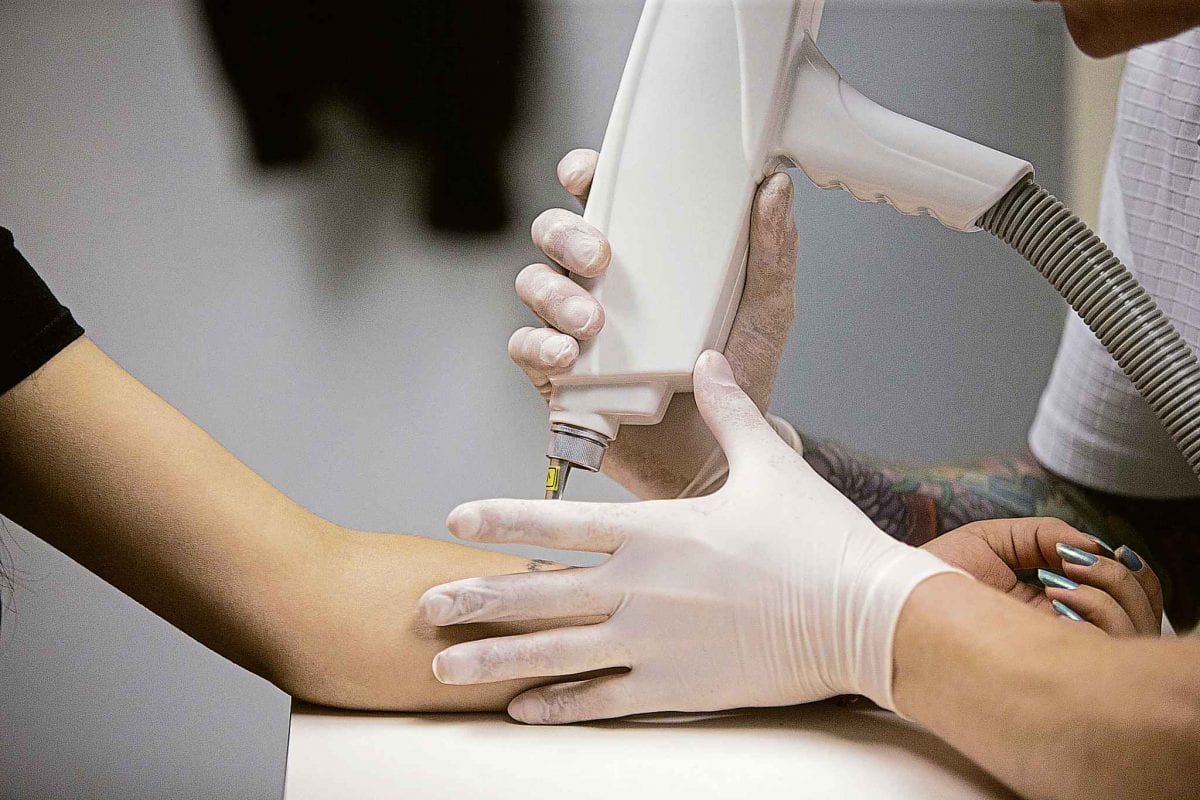Today, almost half of millennials have at least one tattoo and are happy with their decision and the results. However, there are many who are not happy about their decision and do not like the results or regret getting it. Tattoo removal is the only solution or option left for them. However, Tattoo removal can be more painful and cumbersome than getting the tattoo in the first place.
Different tools and techniques have been used for tattoo removal ever since the start of tattooing. Today, there are different techniques and treatments sued to remove the tattoos, either fully or partially.
Different techniques of Tattoo removal
Continuous-wave lasers were used for tattoo removal in the early nineties, and those high energy beams of lasers targeted the area but damaged the surrounding tissue structures too. The treatment procedure was painful and led to scars. Q-switched lasers were available in the early 1990s and are the non-invasive method for tattoo removal. There are different Q-switched lasers needed to target different colors of tattoo inks as there are specific light spectra for the absorption of the tattoo pigments. Generally, it is easier to remove the black and darker coloured inks, but it can be tough to remove the yellows and greens and the lighter colours. Also, the final results will rely on other aspects like skin colour, the depth and the colour of the ink. Other factors like where the tattoo is located, and the age of the tattoo also play an important role.
Today, if you want to get rid of the tattoo, you can certainly get it removed easily and effectively with the least pain and with minimal side effects. However, tattoo removal is uncomfortable, and most patients will need some form of local anaesthesia for the removal. The anaesthetic cream is applied to the area for about45 to 90 minutes, and the skin area may be cooled with ice or cold air before the laser treatment.
After the procedure
One needs to take good care after the procedure. Immediately after the treatment, one is likely to see white discoloration and swelling in the area. The white colour is because of the result of the fast, heat-formed steam that leads to dermal and epidermal vacuolization. The swelling usually subsides within 24 hours, and gradually a crust would appear on the entire tattoo. The crust which carries the tattoo pigment is likely to slough off gradually after treatment. There is no need for topical antibiotics as the laser light application is sterile. In fact, some ointments can lead to allergic reactions and should be avoided.
The tattoo will gradually fade away in the next eight weeks and depending on the clinical response and results, re-treatment can be suggested. There can be some risk involved as the possibility of discoloration of the skin. The area may become lighter than the surrounding skin, or the texture may change. As some of those tattoo pigments contain metal, they can break down into toxic chemicals when exposed to laser light.








